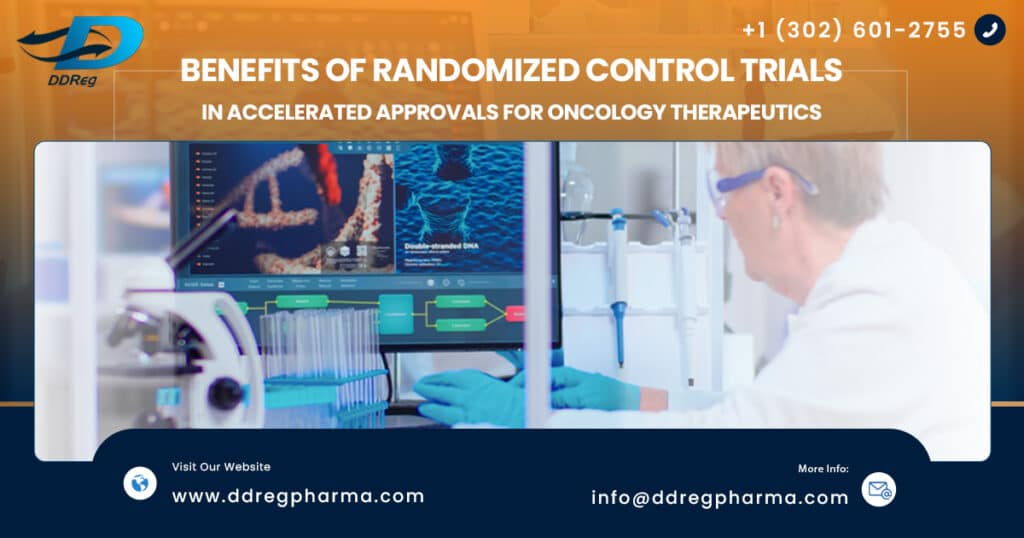- Small safety databases preventing the detection of rare and potentially serious adverse events (AEs)
- Common time-to-event efficacy endpoints such as survival & tumor progression; the FDA considers these endpoints as inadequate for measuring efficacy in SATs
- Low-magnitude response rates, such as immunotherapy, may not predict clinical benefit
- Challenges in determining the effect of individual components of combination therapies/regimens
- Cross-trial comparisons to previous trials when determining if the effect of the observed treatment represents any improvement compared to available therapy. This is challenging as there may be differences in design, conduct, study population etc across trials which may not be easily discerned leading to inaccurate conclusions.
- Sponsors choosing to conduct 2 separate RCTs where one trial with an early endpoint would support accelerated approval and the second trial would support a longer-term clinical endpoint or overall survival to verify clinical benefit. The FDA requires the second trial to be well underway at the time of accelerated approval.
- Sponsors choosing to conduct one single RCT to support accelerated approval as well as for verifying the clinical benefit.
[1] US FDA. Title 21 Part 601.41 Approval based on surrogate endpoint or on an effect on a clinical endpoint other than survival or irreversible morbidity. United States Food and Drug Administration. 1992
[2] Kepplinger, Erin E. “FDA’s expedited approval mechanisms for new drug products.” Biotechnology law report 34, no. 1 (2015): 15-37.
[3] Beaver, Julia A., Lynn J. Howie, Lorraine Pelosof, Tamy Kim, Jinzhong Liu, Kirsten B. Goldberg, Rajeshwari Sridhara et al. “A 25-year experience of US Food and Drug Administration accelerated approval of malignant hematology and oncology drugs and biologics: a review.” JAMA oncology 4, no. 6 (2018): 849-856.
[4] US FDA. Clinical Trial Considerations to Support Accelerated Approval of Oncology Therapeutics. United States Food and Drug Administration. 2023

